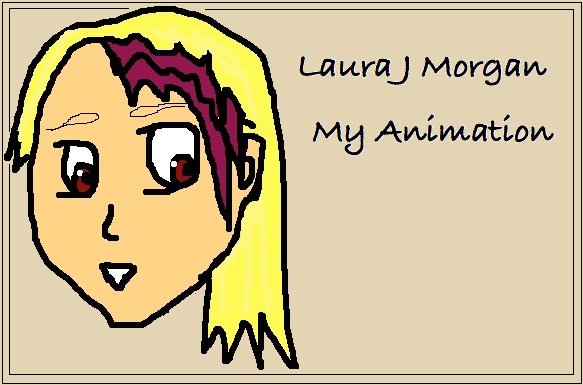This needed to be a maximum of 20 seconds long, so I was excited to do a longer animation then I had done before, it also meant that this animation needed a bit more planning behind it.
Planning: Coming up with a concept!!
I didn't know quite what to do at first. This was going to be the longest individual animation I had done. So I wanted to make something simple, yet effective.
When designing, I usually just draw whatever pops into my head and then develop my ideas from there, so I took that approach when deciding what I wanted to do for my animation.
Here are a few of my ideas. I started to develop a little alien, I was going to use it on my final animation but then I thought it would be far to complicated to to fit it onto a 20 second animation.
I soon decided to use POP CORN in my animation.
After developing the popcorn idea and working out a brief story line, I developed it further so that I understood where the animation was leading to.
I wanted to express how the popcorn was "feeling" during the animation so I experimented with how his eyes would look at different parts of the animation, i.e when he realises that he is caught on fire.
I wanted to make my animation more "real" so by giving it a background, it would bring the animation to life, give it more depth.
Throughout the preparation I was talking to people around me and I realised that people didn't necessarily know what the the corn was it supposed to be, "oh its the water drop going to put out the fire". So I needed to add to a beginning that would make it obvious that the corn was in fact a piece of popcorn.
I hadn't used colour in my animations yet and I thought that this was the perfect opportunity to as it underlined further exactly what the animation us supposed to be.
Story boarding the animation made it easier to draw up the animation as I had a plan of what to do.
Research for the animation. Everything became a little bit more real. It was easier to animate. I did a lot of research so that I could make sure that I was drawing things correctly and making it obvious to the view what was happening in the animation...
for example how fire flickers and grows.
Facial expressions and how the face looks when blowing air forcefully and how I could "animate" air. how fire looks when it is being blown out!
I wanted to EXAGGERATE the popcorns face when he was blowing so I experimented with puffing out the its checks. I drew from life and looked at myself and my expressions and incorporated it into my animation.
Another way I researched was by looking at other animations. I mainly concentrated on how the other people used eyes to express emotion. Sponge bob made it obvious by drawing in the water in the eyes, You can tell he is upset, about to cry.
Where as the Simpsons used the lines around the eye and the eyebrow to express emotion.
Anime also simplifies its emotion in animation by drawing lines for tears and sadness and also by drawing teardrops.
After looking at professional animation, I looked at animator animations of popcorn, how others had done what I was trying to achieve. It was a different kind of animation to cel, but it was still useful to see what others had done.
Once I had finalised the design for the popcorn, I was ready to draw up the individual pictures on to animation paper and test the animation.
LINE TEST.
Once I had drawn up all the animation, I made several line tests to make sure that the animation worked and the principals looked correct.
I split the animation in to four parts:
Zooming
The Fire
The Jump
Popping
This allowed me to test out small parts at once, which I think that, improved the quality of the final animation.
Im not going to put all my line tests on my blog. This is because there are more than 15 and it would be boring to watch
This is one example of them. You will notice that the volume of the piece of corn varies, this is because I drew it out quite quickly and roughly at first and then Lined and fixed the volume once the line test worked out.
The most difficult part of this animation was working out how to zoom in on the popcorn bag smoothly, this took the longest to work out and had the most line tests, even though it was only one picture used.
Before I made the final animation I had to make the following changes:
The shape of the popcorns head before it popped, more square (looked more exaggerated).
The Final Animation
After all the research this is how my animation worked out, I am really pleased with the result.

































